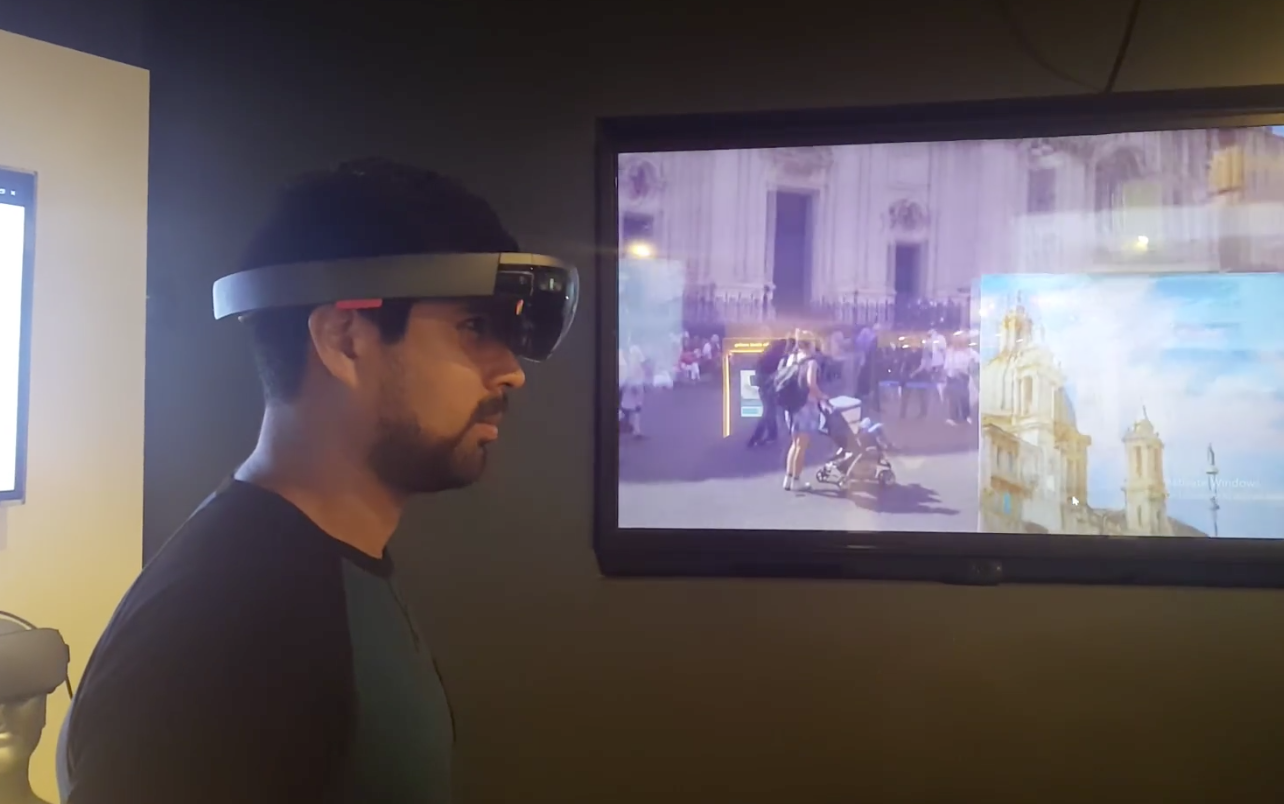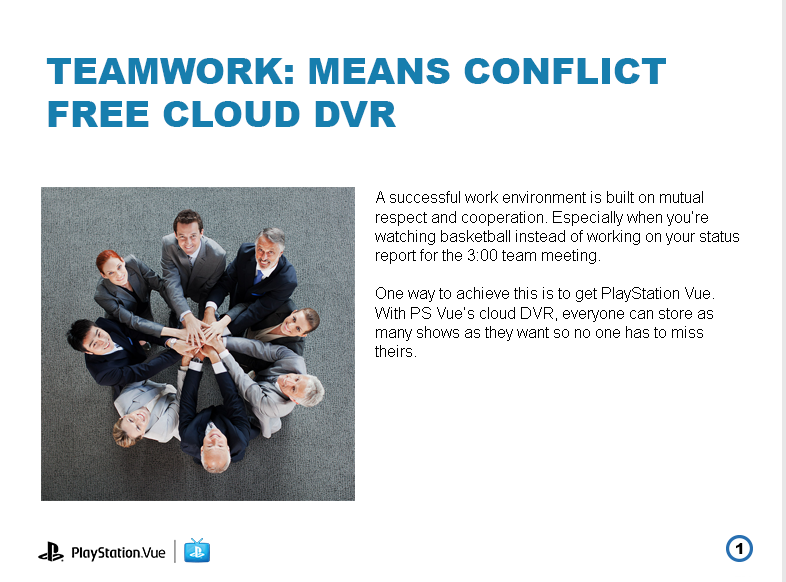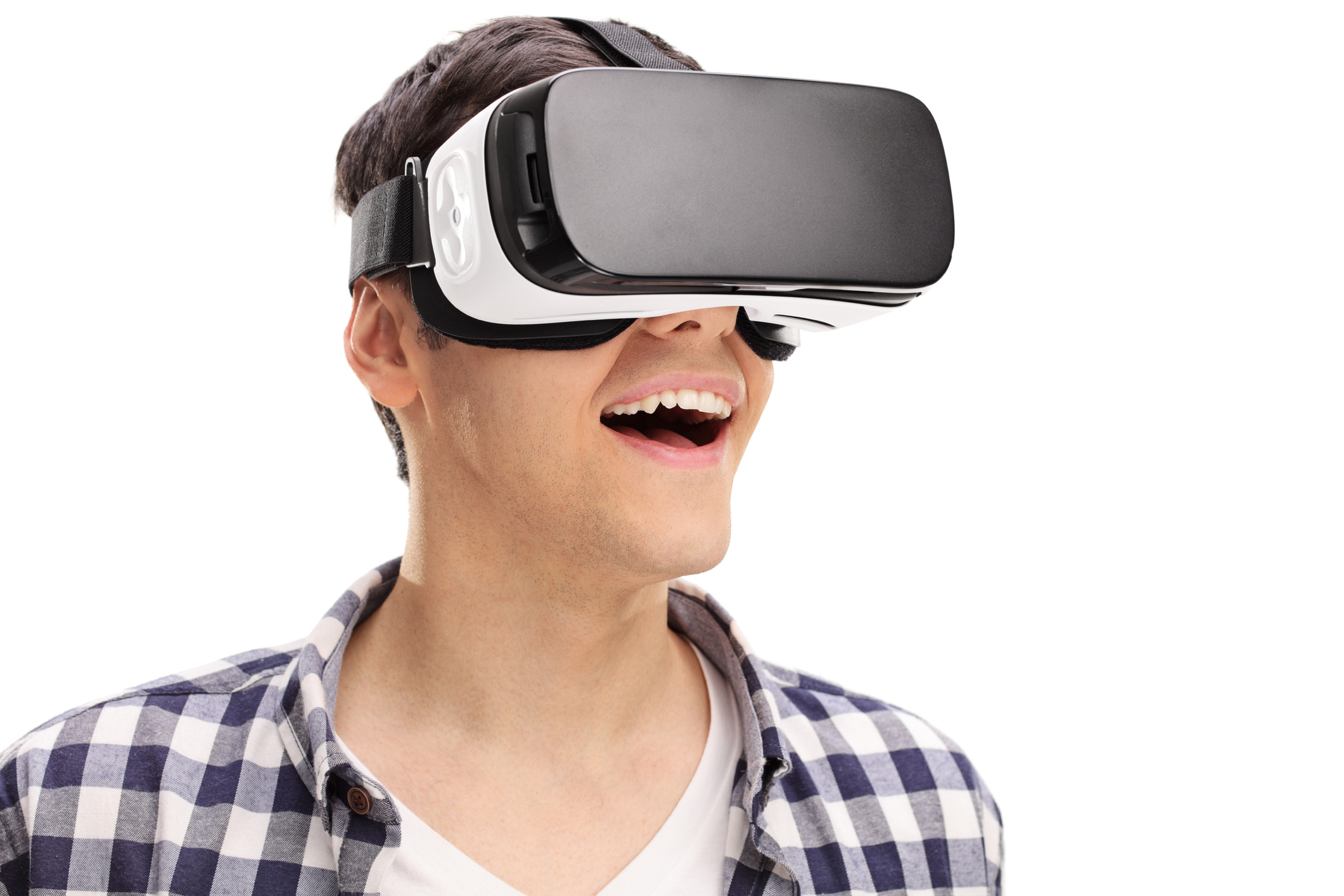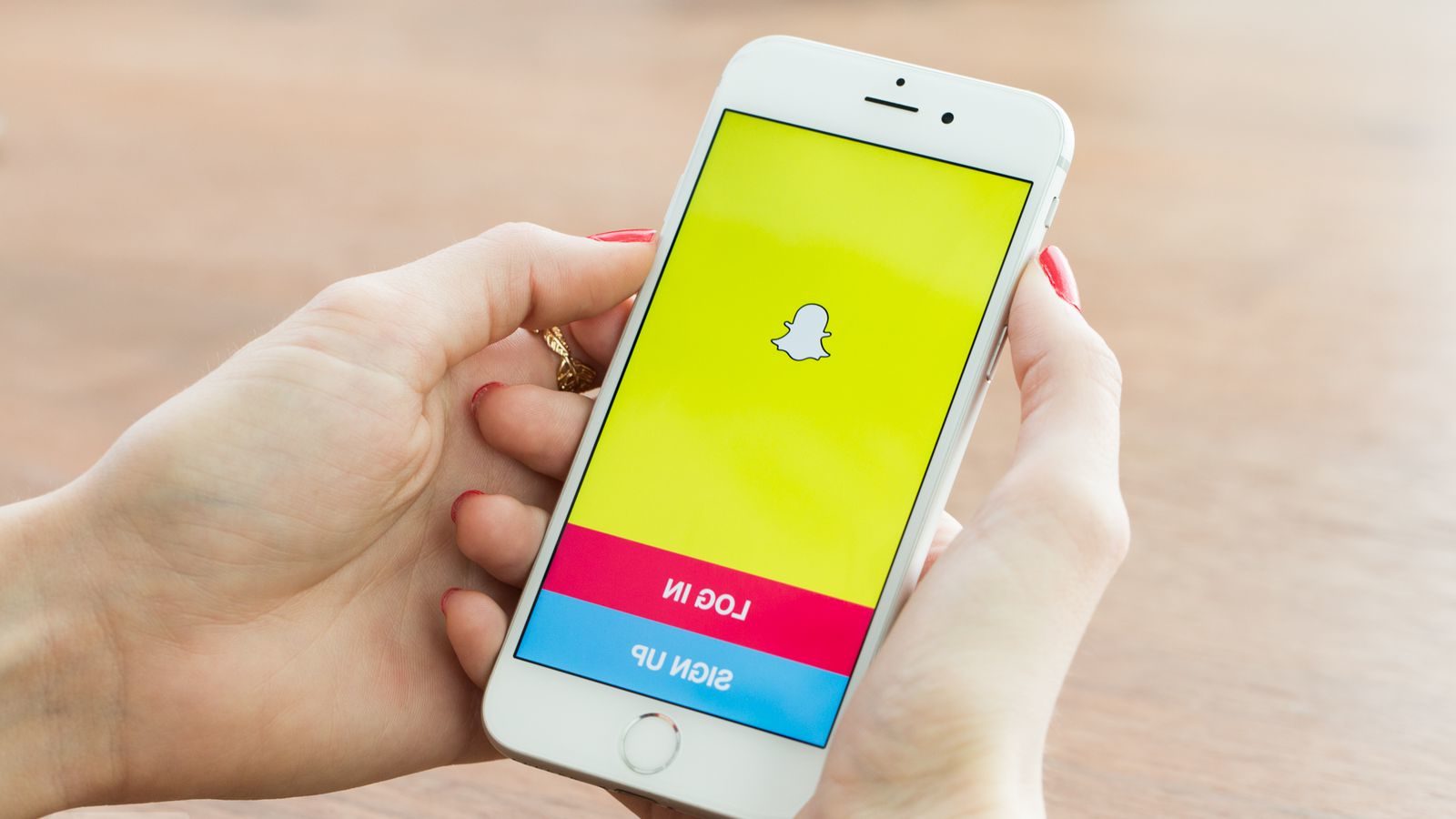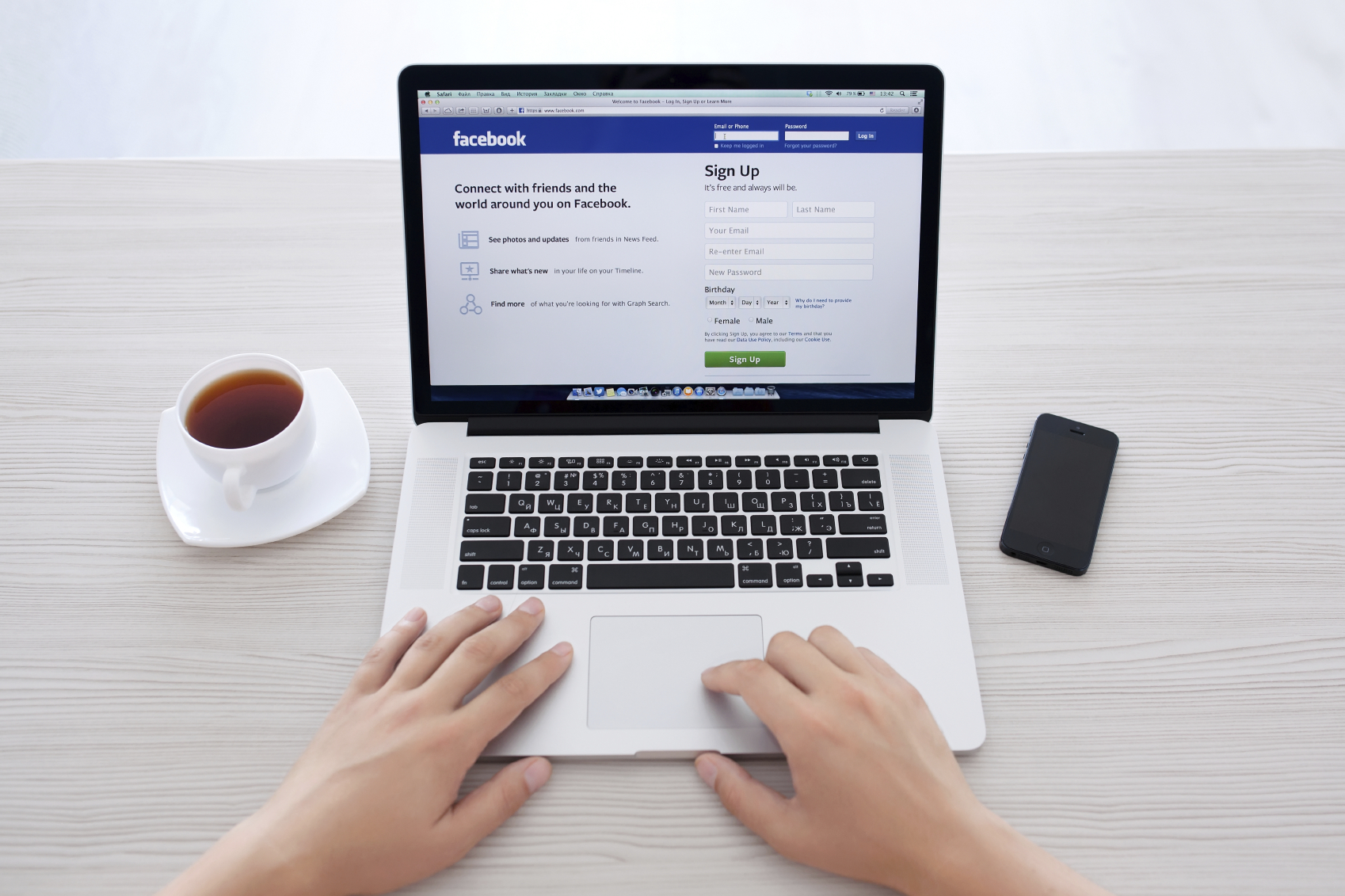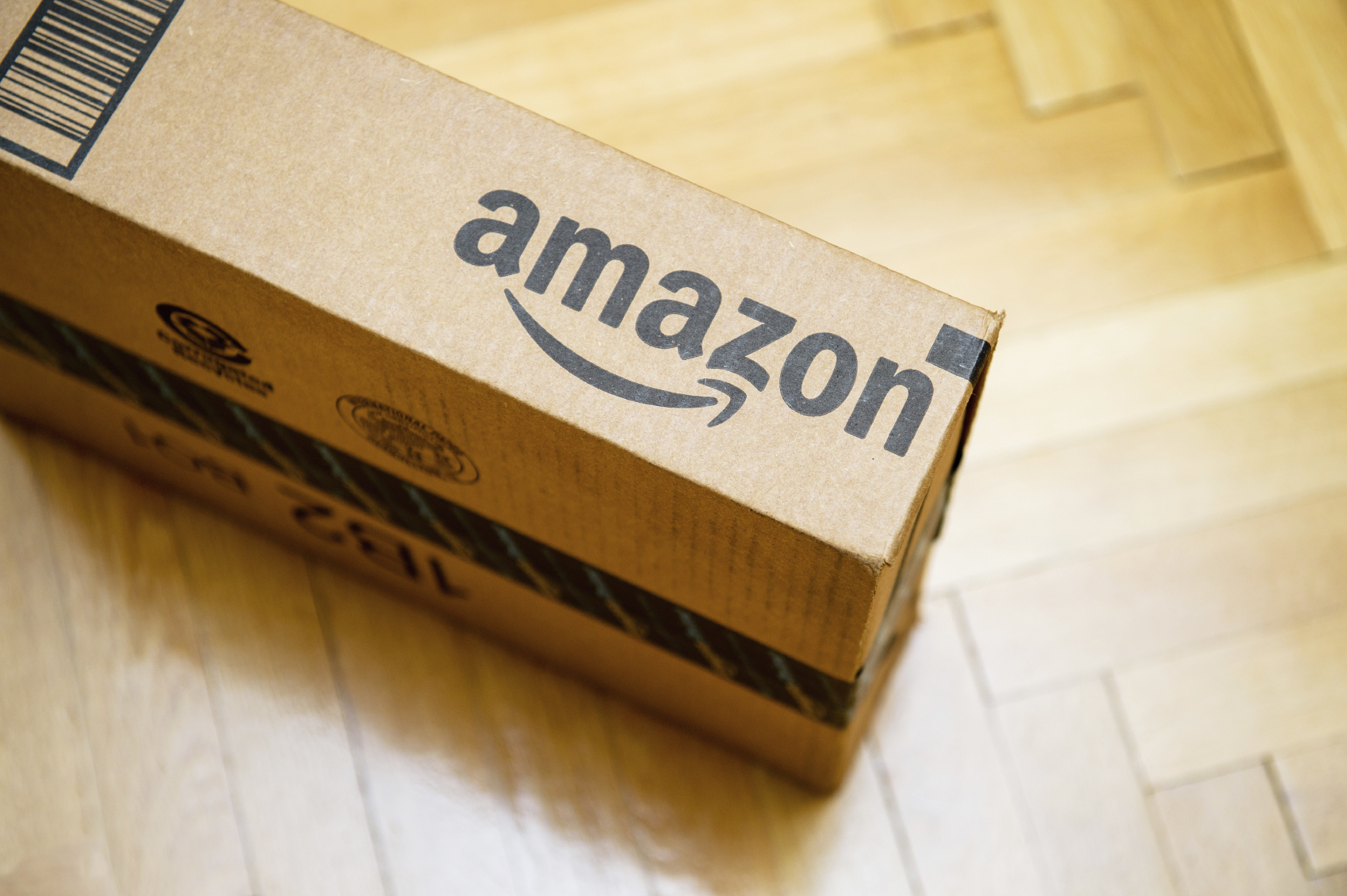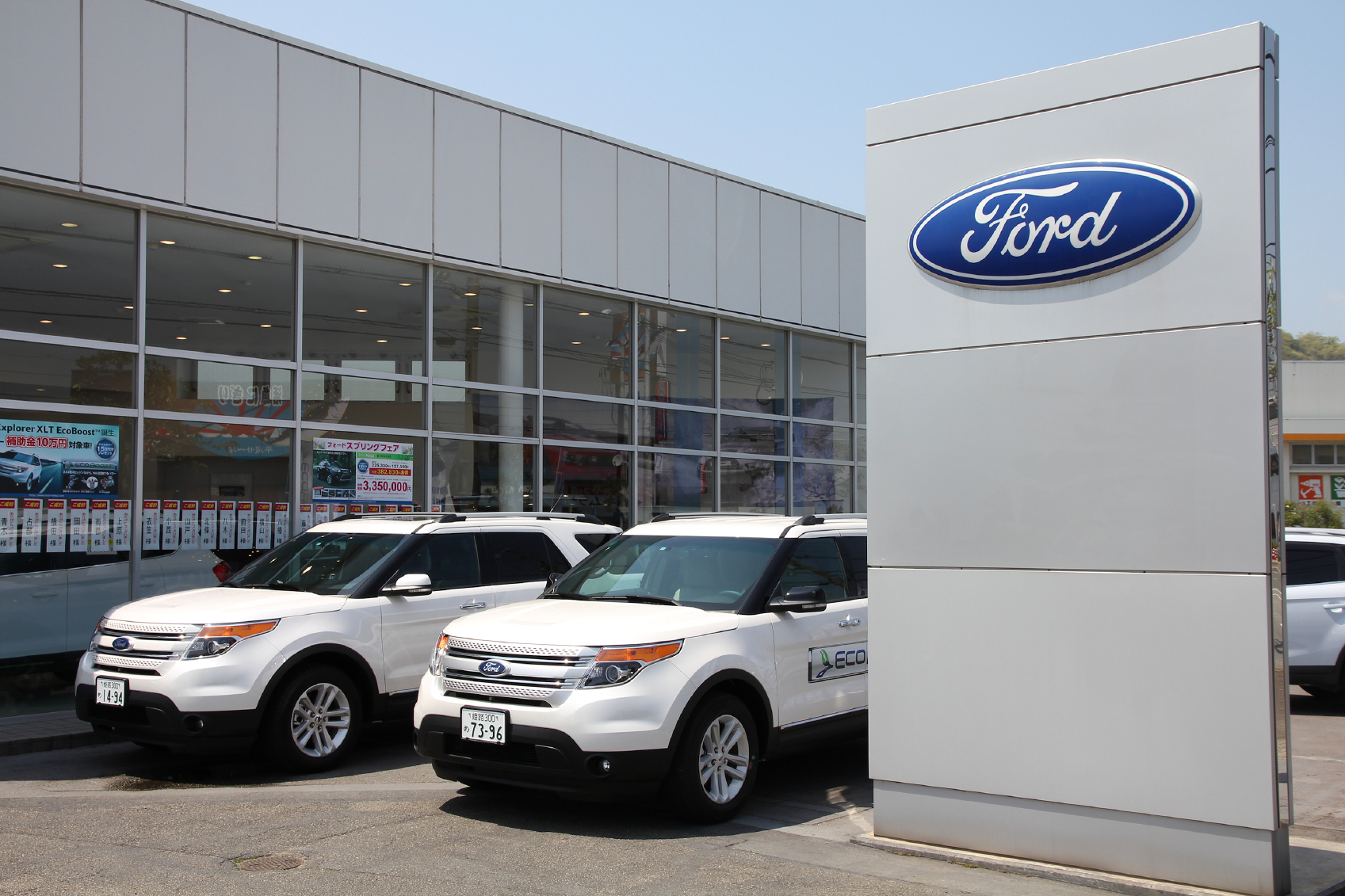What Happened
Adobe has created three apps for Microsoft HoloLens that aims to supercharge retail management via data visualization. As reported by ZDNet, the trio of new AR apps consist of:
• Traffic paths. Using the HoloLens, store managers can view augmented data above the floor of a store showing what percentage of people have traveled down those paths. This would likely be recorded with beacons or cameras.
• Digital mirror overlays. By overlaying graphics onto a smart mirror, a store manager can see information about user demographics, such as how many items have been tried on in which color, and how many of those purchases converted
• Giving voice agents an augmented display. Screens provide a canvas for rich information display and interactivity that isn’t practical with voice output, at least today. By taking advantage of a virtual display, HoloLens users can interact with an agent such as Cortana and see visualized analytic information about their businesses wherever they might be in a room.
What Brands Need To Do
These new AR apps developed by Adobe highlight the potential of augmented reality in business use cases, granting retail managers the superpower of understanding customer behaviors and traffic patterns in stores in real time, which, in turn, allows them to more effectively allocate their resources and offer better customer services.
This retail use case is but one of the many ways augmented reality will transform the customer experience and help brands blend their digital assets into real-world scenarios. As AR technology continues to develop apace, more brands need to start thinking about ways that they can leverage it to create an enhanced customer experience with contextual and personalized offers.
Source: ZDNet
